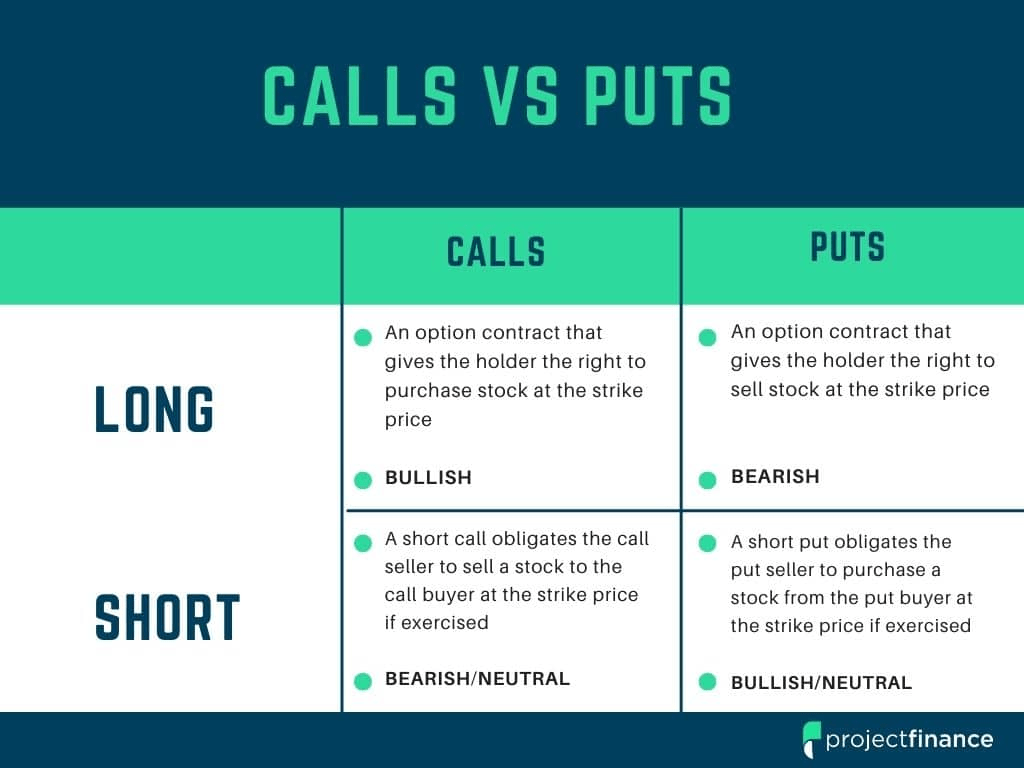Buy / Writes
By Ross Barnett Terry
There are many benefits that come with the ownership of stock. They range from prestige to the opportunity to be invested and, through dividends and other corporate actions, share in the prosperity of the company in question. At times we are even awarded shares of stock from companies we are affiliated. The overall goal should always be wealth accumulation. After all, why stay invested in or even work for a company that you truly do not believe in?
The benefits, as stated, all afford the chance at wealth accumulation. Once we start to look at that rate we can even better understand the fact that stocks are truly an investment vehicle similar to bonds, real estate, commodities, etc.
What is a Call Option?
In its simplest definition, a call option is a contract that specifies that: 1) for a specified price; 2) for a specified amount in time; 3) for a specified price; 4) on a specifically identified or predetermined underlying, in this case, an exchange listed company stock. The contract gives the owner the right to take delivery of shares at the strike price.
CITE: https://www.r2library.com/Resource/Title/0826102549
Example:
In early February, if a physician or other investor wanted to take a position in shares of Pfizer (NYSE: PFE) which are say trading around $31.00. He would be invest $3,100.00 for every 100 shares. Buying a calls on the $32.00 strike at say .68 and with an expiration date of April 2015 affords the investor the chance at appreciation on 100 shares out to the 3rd week in April after the strike price (32.00) + the price of the option (.68) (in this case 32.68) is surpassed. That’s less than a penny a day to have the chance at participating in an up move, while being afforded that chance at a greatly reduced risk. So the trade of is foregoing a 5.41% appreciation for a 97.81% reduction in risk. The owner of the option can only lose the price they pay for the contract where as the owner of shares stands to risk any and all of the share value in question.
***

***
We can now see certain benefits that favor owning calls in lieu of owning shares of stock. But why write calls. First understand that, when you enter into a short call position, the seller is guaranteeing that, at any point during the life of the contract the buyer can exercise his right to take possession of those shares and the seller must deliver the shares upon assignment of the short contract.
The benefit of writing a call is that it enhances the rate of return. Normally; but not always, stocks move up or down in reaction to earnings calls or specific event news possibly even industry related. That said once investors react and stocks stabilize, call premiums tend to settle down. This presents the opportunity to enhance the rate of return on shares owned.
Example:
A physician corporate executive owns 1,000 shares of xyz stock and is restricted from selling those shares. Same as renting a condominium that we own for investing, selling options on a monthly basis provides a similar income stream that the rent from the condominium provides.
The executive, physician or investor owns the shares which using the above example of PFE trading at $31.00 is a cash value equivalent $31,000.00. Selling the February 32.5 call on the 1st trading day of the month for say .10 affords the owner of the shares a chance to gain a .03% rate of return in around 21 days’ time, while being afforded the luxury of the stock being able to appreciate to $32.60 which is the predetermined sale price via the sale of the call. If the owner of the shares does this each month they can gain another 3.87% return which, in addition offers a little downside protection should shares fall under pressure for whatever reason.
Professional Management?
Professional management allows for strategic points when stocks react to news or simple market weighting. “The determination to exercise or not must be weighed with all the benefits and costs taken into account; this will require additional homework by the investor” (Grigoletto, 2008). The most important aspect of call writing is active management. The reality is that only approximately 17% of options get exercised. Many expire worthless, some are traded out of before expiration, and some, such as the ones that end up in the money, just slightly above the strike do not warrant being exercised. With the returns investors face today, every possible avenue must be, at the very least, addressed and understood so they can make careful choices based on educated decisions. Considering a separately managed account by industry professionals may be an excellent alternative for many.
More:
- Understanding Financial Derivatives
- Using Option Derivatives
- Investing in Options
- Keep your Investing Options Open – Doctor
Selling
As always in selling options, just as in any type of investment, careful analysis of the underlying investment vehicle in question is key. Additionally, in selling monthly options, the risk of assignment is greatly reduces and the seller can essentially determine how close to the price the owner wants to overlay. Fundamental analysis can help to reduce the chance at assignment. Before seeking advice, the best thing to do is contact an accountant, as well as using due diligence in researching which Registered Investment Advisor [RIA] may best suits your needs.
Assessment
But that said, always remember; the overall goal should is wealth accumulation, capital appreciation and overall enhancement of return on capital. As for the reason to own stocks, again after all, why stay invested in or even work for a company that you truly do not believe in?
Channel Surfing the ME-P
Have you visited our other topic channels? Established to facilitate idea exchange and link our community together, the value of these topics is dependent upon your input. Please take a minute to visit. And, to prevent that annoying spam, we ask that you register. It is fast, free and secure.
About the Author
- Present: Capital Wealth Planning, LLC
- Illinois Indiana Regional Business Development Officer
- Previous: Think Or Swim, LLC
- Registered Securities Representative
- Market Maker Chicago Board of Options Exchange (CBOE) 1985 – 2004
Reference
- Grigoletto, A. (Fall – 2008).Why Options Go Un-Exercised. Options Industry Council. Retrieved from http://www.optionseducation.org
Conclusion
Your thoughts and comments on this ME-P are appreciated. Feel free to review our top-left column, and top-right sidebar materials, links, URLs and related websites, too. Then, subscribe to the ME-P. It is fast, free and secure.
Speaker: If you need a moderator or speaker for an upcoming event, Dr. David E. Marcinko; MBA – Publisher-in-Chief of the Medical Executive-Post – is available for seminar or speaking engagements. Contact: MarcinkoAdvisors@msn.com
OUR OTHER PRINT BOOKS AND RELATED INFORMATION SOURCES:
- PRACTICES: www.BusinessofMedicalPractice.com
- HOSPITALS: http://www.crcpress.com/product/isbn/9781466558731
- CLINICS: http://www.crcpress.com/product/isbn/9781439879900
- ADVISORS: www.CertifiedMedicalPlanner.org
- FINANCE: Financial Planning for Physicians and Advisors
- INSURANCE: Risk Management and Insurance Strategies for Physicians and Advisors
- Dictionary of Health Economics and Finance
- Dictionary of Health Information Technology and Security
- Dictionary of Health Insurance and Managed Care
Filed under: Investing | Tagged: calls, Covered Call Overlays, derivatives, options, puts, Ross Barnett Terry, www.TradersExclusive.com | 2 Comments »



















 ***
***



